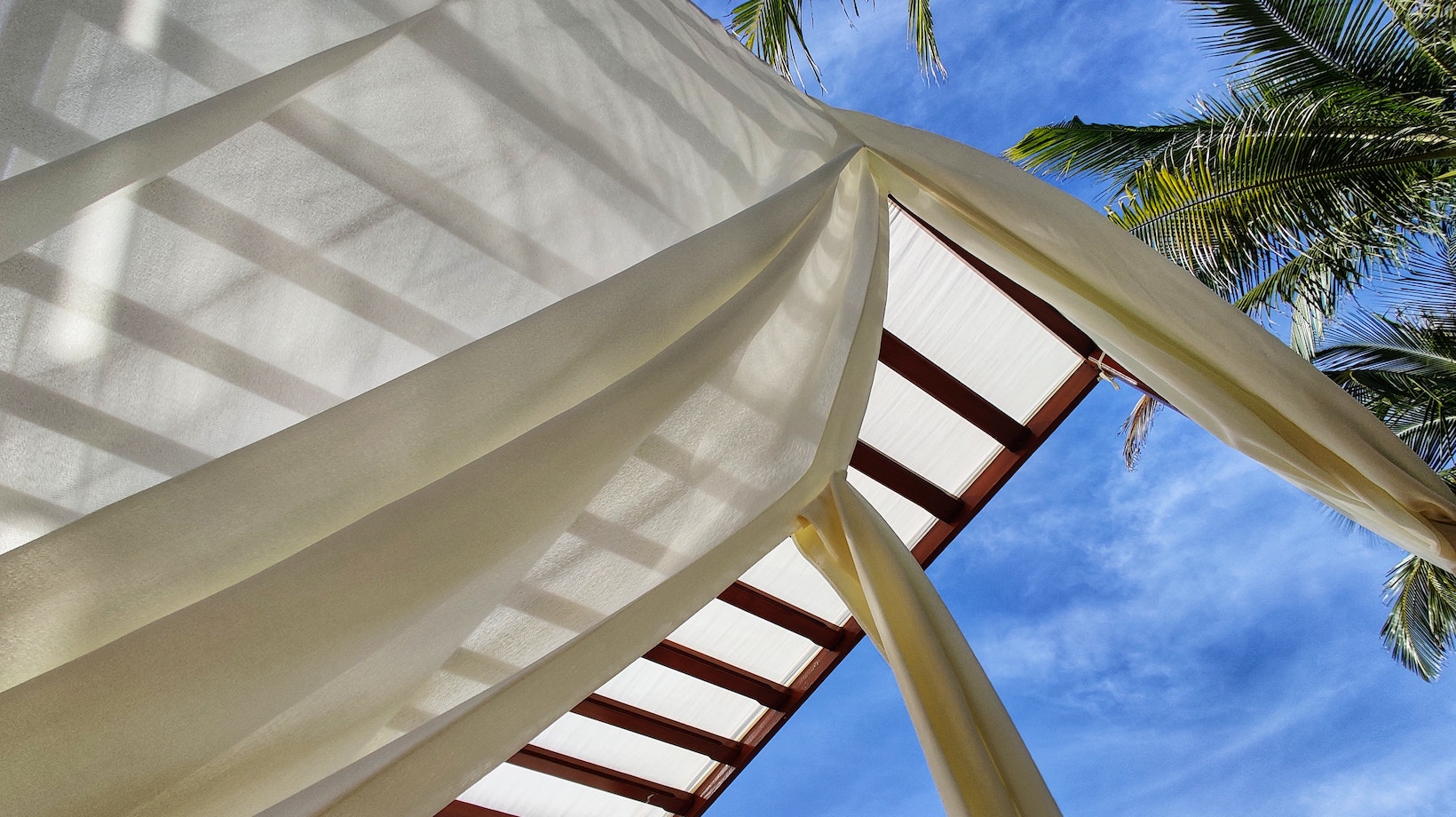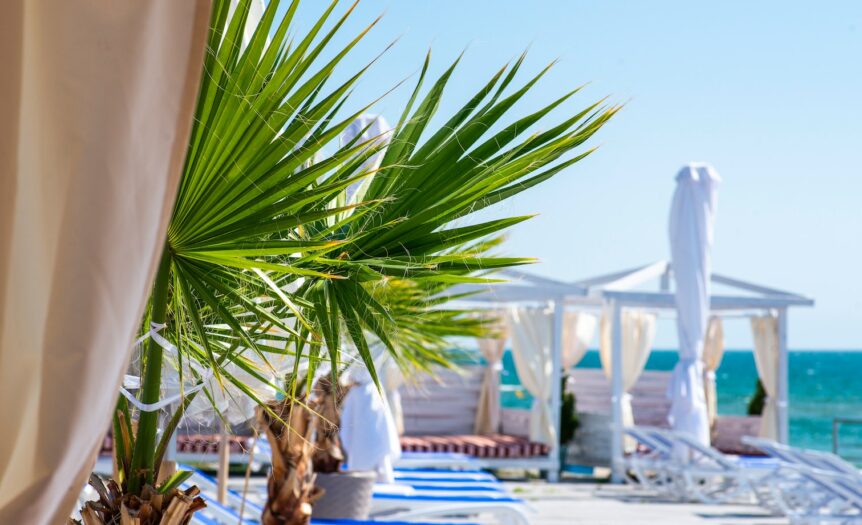Gazebo Netting
Imagine sitting outside on a warm summer evening, enjoying the tranquility of your backyard, but then you’re abruptly interrupted by pesky bugs. That’s where gazebo netting steps in to save the day. With my firsthand experience and deep knowledge about gazebo nettings, I’ve learned that they’re not just an accessory but an essential part of any outdoor space.
Gazebo netting serves as a protective barrier between you and any unwanted guests in your outdoor sanctuary. Whether it’s flies during the day or mosquitoes at night, these nuisances can ruin your peaceful time outside. But with gazebo netting installed, those bothersome bugs won’t dare to interrupt your tranquil moments again.
I’m sure you’ve probably wondered if it’s worth investing in gazebo netting or not? Well, I’ll tell ya – it absolutely is! Not only does it provide protection from insects, but also adds privacy and elegance to your outdoor aesthetics. So whether you’re sipping coffee in the morning or hosting an evening get-together, gazebo netting ensures that you can do so undisturbed and stylishly!
Types Of Gazebo Netting
Let’s dive into the world of gazebo netting! There’s more to it than just picking out a design you like. Material, type, size, and shape all play crucial roles in choosing the perfect fit for your gazebo.
Understanding the Different Materials of Gazebo Netting
When it comes to material choices, I’ve found that polyester and polyethylene are popular picks for gazebo netting. Polyester is known for its durability and resistance to weather elements while polyethylene is lightweight yet tough. It’s important to consider your local climate when deciding on material. For example, if you live in a region prone to heavy rains or high humidity levels, polyester might be your best bet due to its water-resistant properties.
- Polyester: Durable and resistant
- Polyethylene: Lightweight yet tough
Choosing Between Attached and Detachable Gazebo Netting
Now let’s talk about attached versus detachable netting options. Attached nettings are fixed permanently to the gazebo structure, providing round-the-clock protection but limiting flexibility. On the other hand, detachable ones can be removed whenever required – giving you more control over when you use them.
- Attached Netting: Permanent protection but less flexible
- Detachable Netting: Easily removable offering greater convenience
The Role of Size and Shape in Selecting Gazebo Netting
Finally we arrive at size and shape considerations. Gazebos come in varying shapes—square, rectangular, hexagonal—and sizes; hence finding an ideal fit could feel like solving a puzzle sometimes! The rule-of-thumb here is simple: match your netting with the exact dimensions of your gazebo.
In the end, it’s all about finding that perfect balance. The right material, type, size and shape—each plays a part in creating an ideal outdoor sanctuary with your gazebo netting.

Impact Of Weather Conditions On Gazebo Netting
If you’re like me, you’ve probably invested in gazebo netting to enjoy outdoor spaces without the annoyance of insects. But have you ever thought about how different weather conditions might affect your gazebo netting? Let’s dive into it.
Rain is one of those weather conditions that can’t be ignored. You’d think that gazebo nettings are designed to withstand such elements, right? Well, they do to an extent but continuous exposure to heavy rain can weaken the material over time. It’s not just about water seeping through; it’s also about the weight that the netting has to bear when soaked with rainwater. This may lead to stretching or even tearing if left unchecked.
Now let’s talk wind – another nemesis for our beloved gazebo nettings. High winds, especially those accompanying storms, pose a serious risk. They can cause rips and tears or even detach the whole thing from its frame! To prevent this, I recommend securing your gazebo nets properly and checking them regularly for any signs of wear and tear.
Sunlight is a double-edged sword for gazebo nettings too. While it helps keep things bright and cheery inside your outdoor space, excessive UV rays can degrade the material over time – causing it to become brittle and discolored.
Snowfall isn’t something we deal with often but when we do, our gazebo nettings take quite a hit! The weight of accumulated snow poses a similar risk as heavy rainfall does – potential stretching or tearing due to increased load.
In conclusion (or rather as a quick recap), here are some key points:
- Heavy rains can weigh down on your nets leading to potential damage.
- High winds may rip off your nets from their frames.
- Prolonged direct sunlight tends to degrade the quality of nets.
- Accumulated snowfall adds excessive weight causing potential stretching or tearing.
So, what’s the solution? Regular maintenance is crucial. Check your gazebo netting often for any signs of damage and make necessary repairs as soon as possible. A little care goes a long way in prolonging the life of your gazebo netting!






